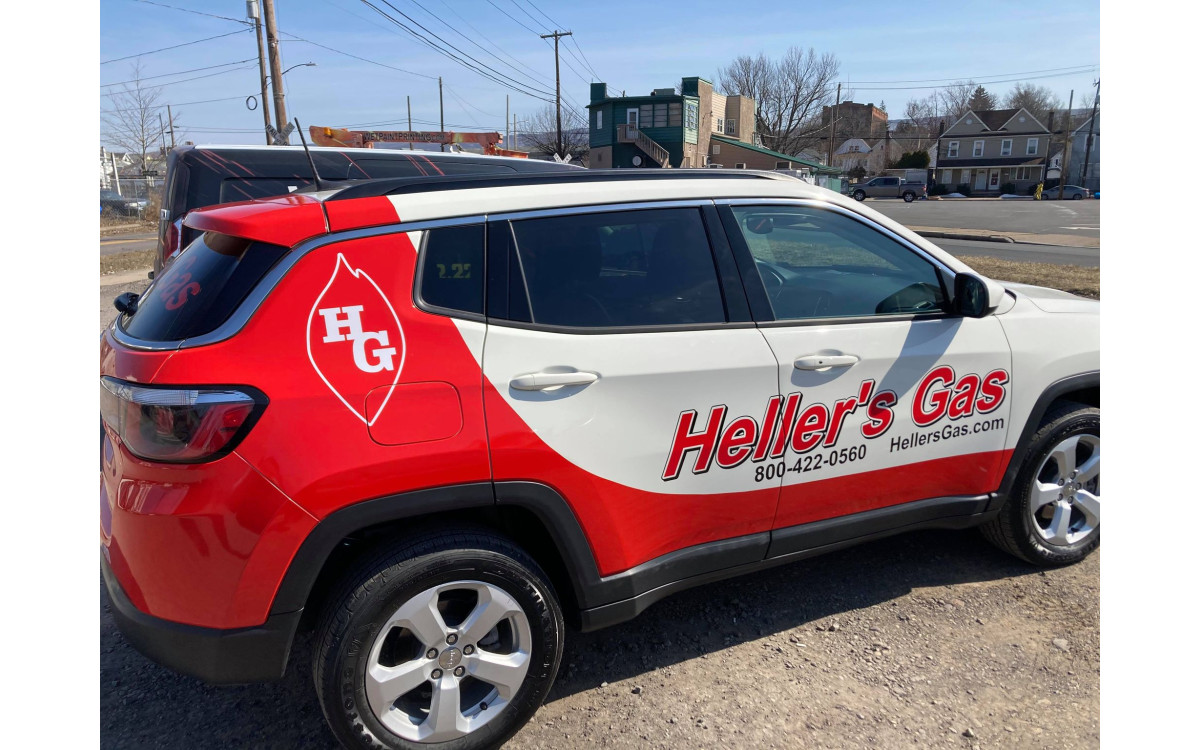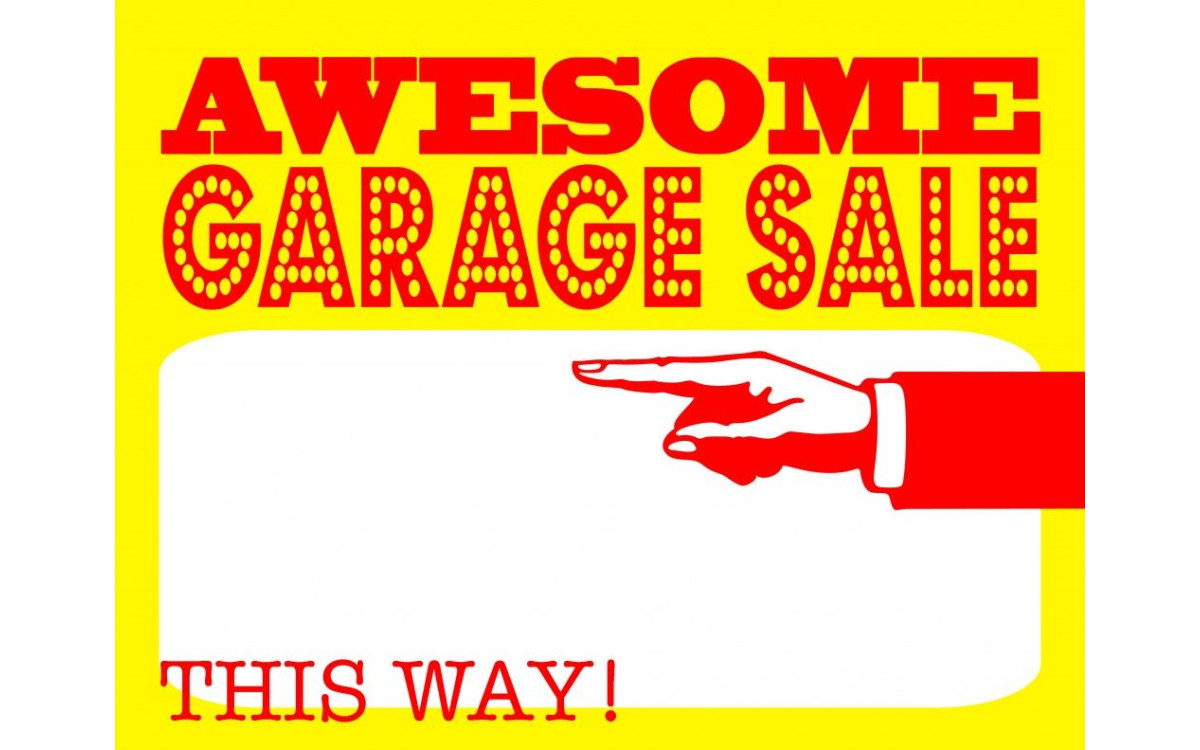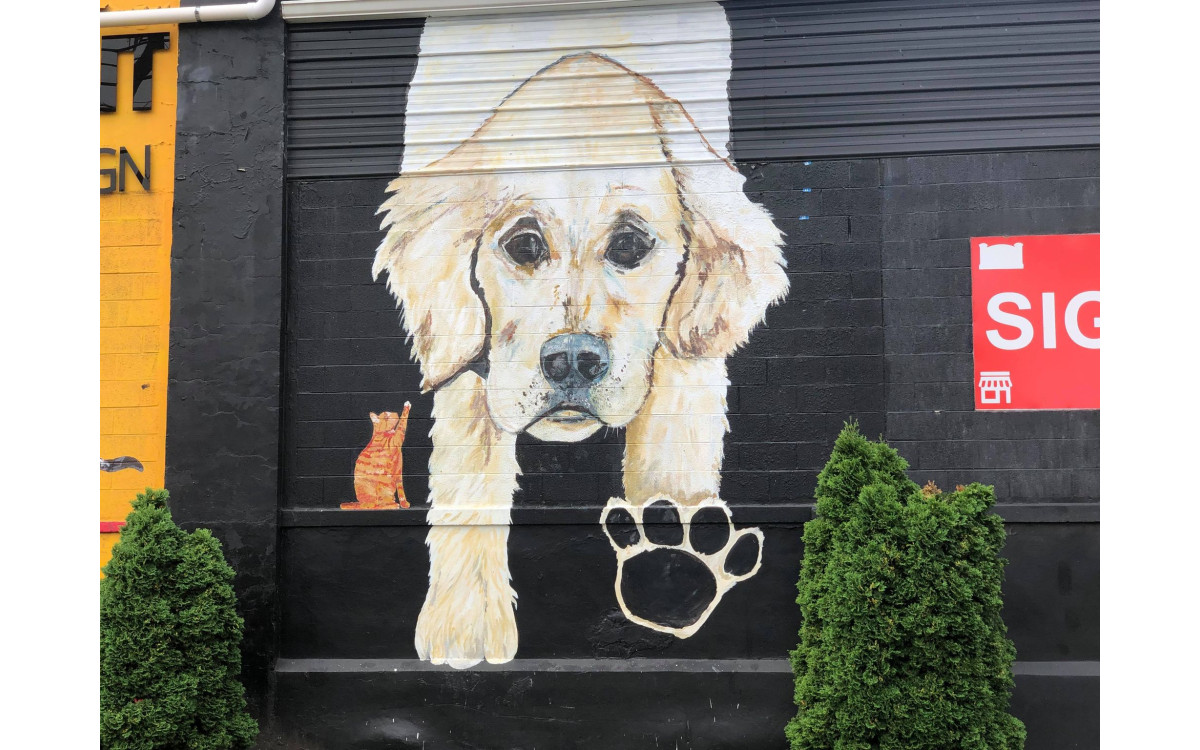What is the difference between a full wrap and a partial wrap? Advertising as a trade dates back to early civilization and has gone through major transformation over the years. It is believed to have started with the early written word on papyrus in ancient Egypt and ancient China. In the 20 th century, especially with technological advancement and the advent of the Internet, advertising grew rapidly with introduction of new technologies like direct mail, radio, television and mobile devices. Today, thanks to technology, you can advertise anywhere! Before, print advertising was limited to billboards, flyers, brochures, and print media like newspapers and magazines. Then it moved to riding on product packaging like milk cartons. Now, even plane boarding passes and other travel tickets carry an advert on their back page! With these advancements and growing competition in the service industry, companies are looking at more and more areas for product placement. Enter vehicle decal advertising. At a considerable cost, you can have your whole vehicle (full wrap), or part of it (partial wrap) or just a small area e.g. side of the door or boot or bonnet (spot decal) branded with whatever advertising information you want. Whatever your choice, vehicle decal wraps have the objective of transforming your vehicles to deliver advertising impressions to grow your business. What’s a Full Decal Wrap? When installing a full wrap, the entire vehicle body, ie is all the body panels on the vehicle are covered. The rear windows on the vehicle can also be covered using perforated window vinyl graphics. Why do people opt for full vinyl wraps? Full vinyl wraps give you an opportunity to change the color of your vehicle, and to put large scale and creative advertising on your vehicle and maximize on potential customers’ attention. What’s a Partial Vinyl Wrap? As the name suggests, partial wraps are vinyl wraps that cover a portion of the vehicle. Could be front only, back only, top only, boot only, or bonnet only. You can also have just a small section with either company logo or brand colors (ideally called a spot decal). For companies working within budget, the partial wrap works better as it achieves what they need in terms of advertising at a fraction of the price. If a decal wrap is designed well, it does not matter whether full or partial, the result will be the same as they are both capable of registering the same result. A perfect partial wrap should incorporate the base color of the vehicle and ensure a smooth transition into the design’s base colors. Full or partial? The decision to go full or partial when picking the decal wrap depends entirely on your budget. Granted, a full wrap is likely to attract more attention a partial wrap is the highly effective option budget wise. Ideally, they are both an opportunity to capture the attention of your market for years to come. To cut on cost, you can also opt for full color cut decals and cut vinyl lettering. Whether you are getting a full, partial or spot decal, ensure that the quality of work done is great. Of course quality begins with the right materials but goes on to be determined by how the material is printed, handled and installed. How Much Does it Cost? This depends with three main factors: design, production and installation. When it comes to design, customer options vary all the way from single color wraps with cut vinyl accents or custom printed wraps. These all come with various complexities; the more complicated the design, the higher the cost. Sometimes the buck stops at whether the client provides the design or whether it is designed from scratch. Production costs tie in the cost of the specific materials required for the wrap along with the actual labor involved in printing, laminating, and cutting the vinyl. The longer and tougher the process the higher the cost. In addition, the length of time you want your wrap to stay on the vehicle has a direct impact on cost. Longer staying decals require lamination after laying to protect your digital print from scratching, abrasion, or fading. Production costs may also tie in windows that need to be covered with perforated window film as this is a separate process of setting up, printing and laminating. When deciding installation costs, the type of vehicle will matter a lot. It is all in the complexity of the vehicle’s body. A small vehicle with complex curves will likely require significantly more installation time than a large box truck or trailer with large flat surfaces. The total square footage of the area to be wrapped plays a role in installation cost too. It also considers the paint and surface conditions that the wrap material will be applied to and factors in corrugations, screws and rivets, screws and accessories like trim, door handles, bumpers, side mirrors and spoilers that need removing and re-installing. Overall, the price ranges from as low as $2,700 and as high as $6000 depending on all factors listed.
What is the difference between a full wrap and a partial wrap?
Posted by
Cutout King
on
Monday 30 August 2021





